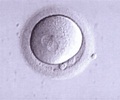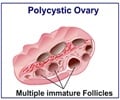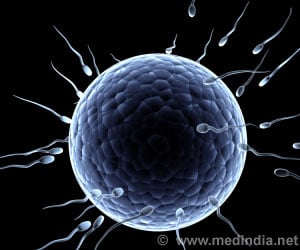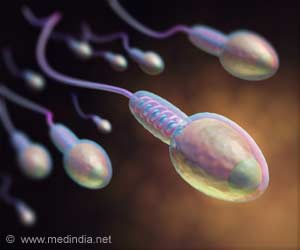German researchers report the discovery of a new enzyme that could provide new insight into male fertility, as it is very highly expressed in the testis
German researchers have discovered a new enzyme that is very highly expressed in the testis, and thus can provide new insight into male fertility.
The enzyme identified by a team led by Dr. Marcus Groettrup, chair of the immunology department at the University of Constance, is one that is involved in the degradation of proteins inside cells, a process that helps eliminate or recycle proteins that are no longer needed.The unexpected discovery overthrows the idea that protein degradation is initiated by only one enzyme.
"We essentially found that cleanup in the cell is not supervised by one but by two proteins. It is important because everything we know about this cleanup process assumes that only one enzyme initiates it. The second protein we discovered may either share some functions with the first one or do totally different things," Groettrup says.
Before being degraded, proteins are "tagged" with a small protein called ubiquitin, according to an article published in the Journal of Biological Chemistry. Three types of enzymes are involved in the tagging process-E1 that activates the protein and binds to it, E2 to which ubiquitin is transferred, and E3, also called ubiquitin legase, which binds to both E2 and the protein to be degraded, so that E2 can transfer the ubiquitin to the protein.
By binding to other ubiquitin-carrying E2 enzymes, E3 transfers many ubiquitins to the protein, signalling to the cell that the protein needs to be degraded.
The scientists were searching for an enzyme similar to E1 that activates a protein that looks like ubiquitin called FAT10. However, the enzyme they found, called UBE1L2, activated ubiquitin instead of FAT10. Further tests confirmed that this enzyme also helped degrade proteins by working with E2 and E3 enzymes.
Advertisement
"Again, this was totally unexpected. Unlike the first E1, UBE1L2 might have a specialized role in tissues and in particular in the testis. Going back to the previous analogy of the Federal Reserve Bank, this result shows that UBE1L2's 'main client banks' may be in the testis and that UBE1L2 controls many of the protein degradation processes in that organ," Goettrup says.
Source-ANI
LIN/B











